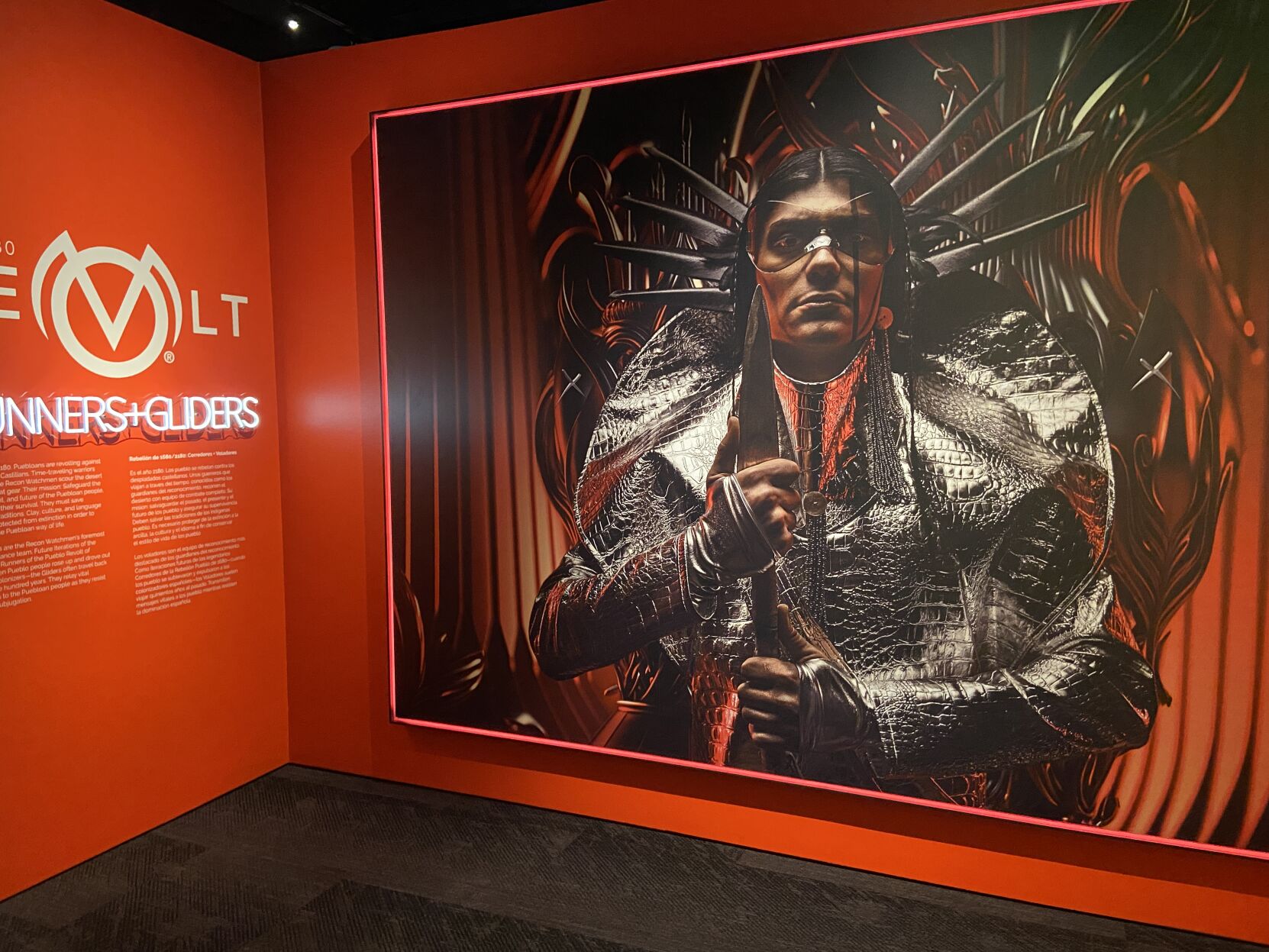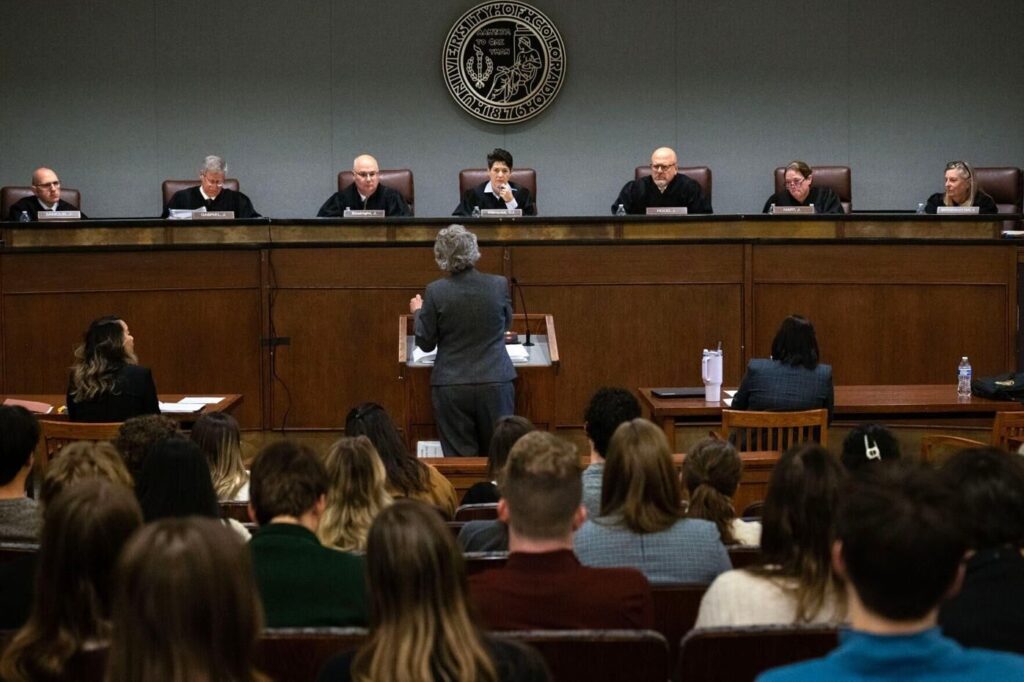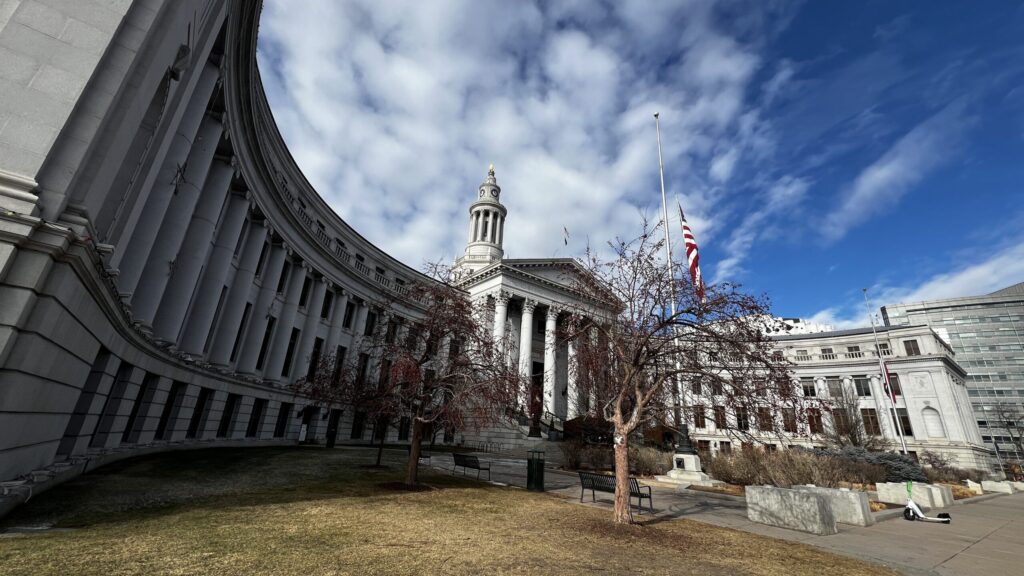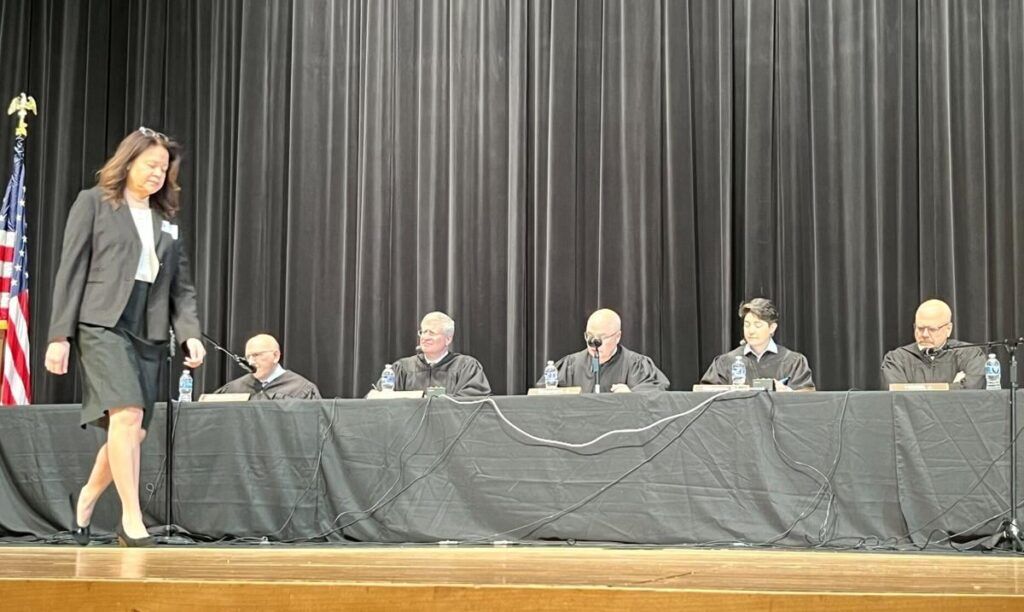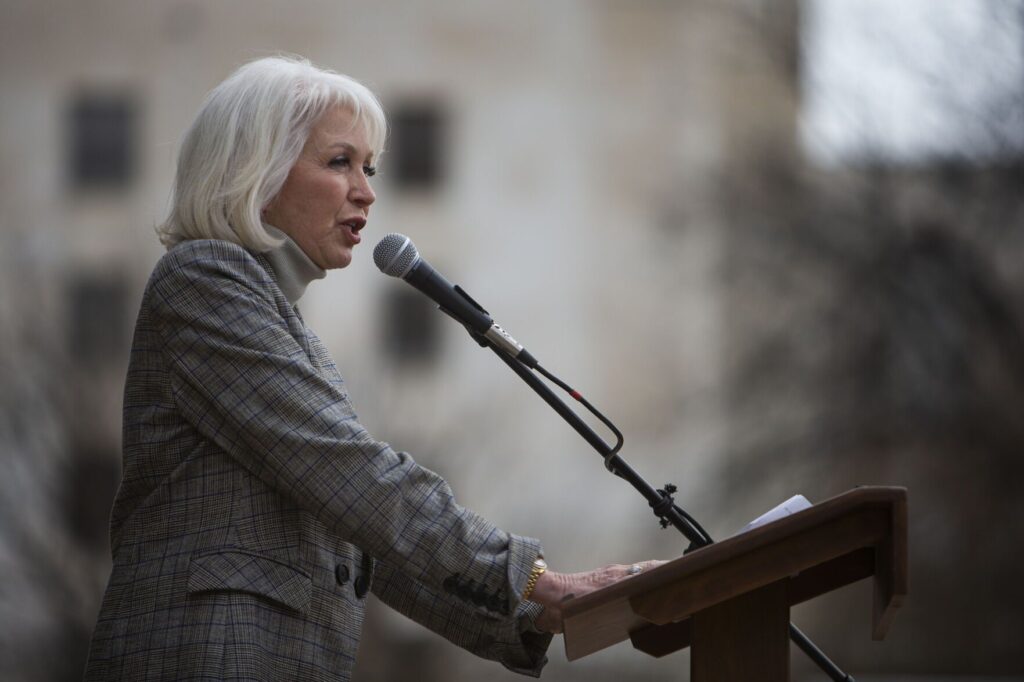History Colorado examines 1680 Pueblo Revolt, Indigenous Futurism with artist Virgil Ortiz

A new exhibition at History Colorado is using science fiction to teach about the 1680 Pueblo Revolt.
Pairing work dating back to 1,000 years ago with contemporary art, History Colorado’s “Revolt 1680/2180” offers a unique look into the most successful Indigenous uprising against a colonizing power in North American history.
“We’re not just trying to preserve the past. We’re always looking for new ways to educate people about history,” said Jeremy Morton, lead exhibition developer.
“We’re able to pair this futuristic thinking with this historic thinking, which the result is unique and interesting and a cool way to learn and to teach about history.”
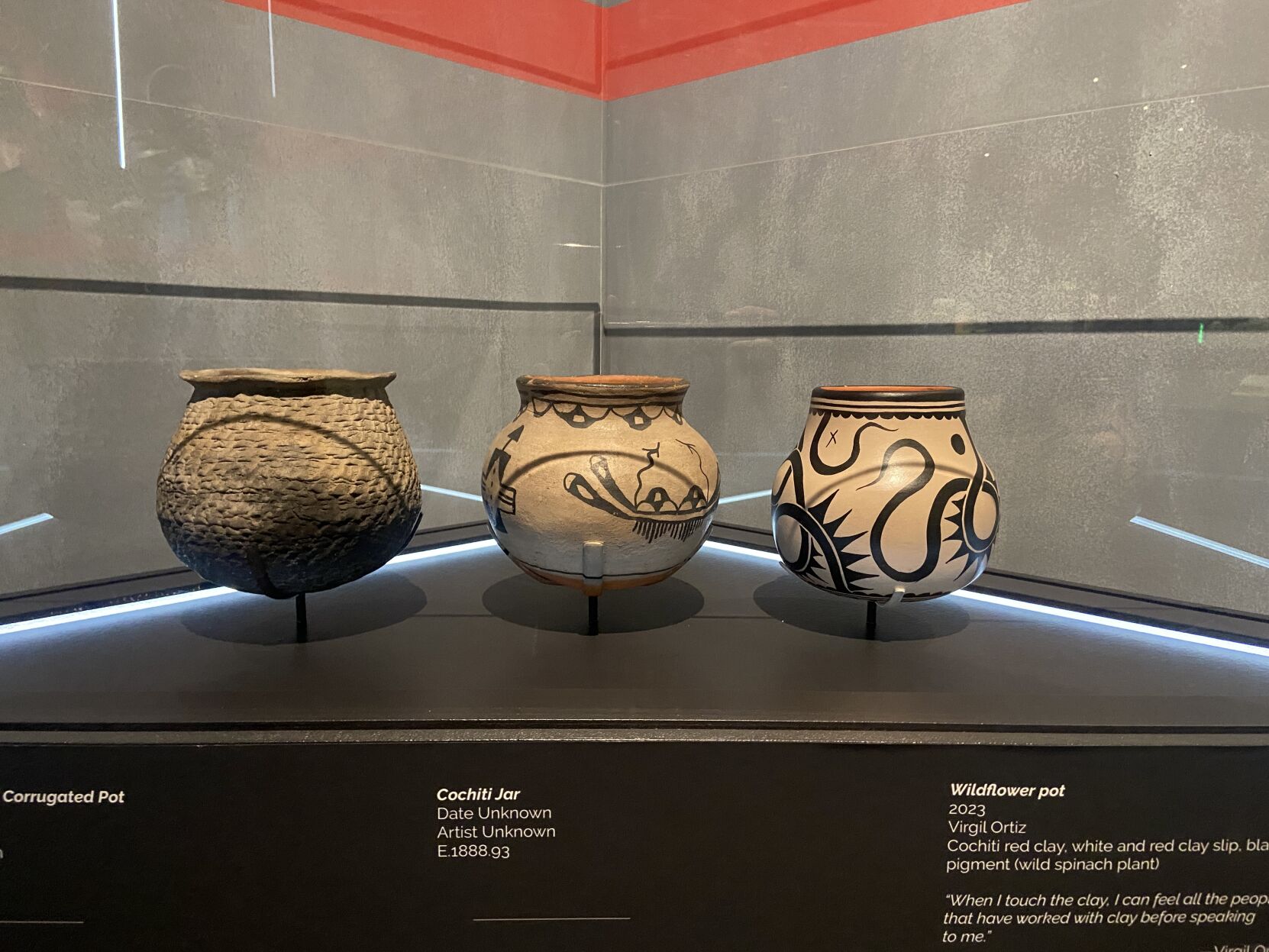
The exhibition features centuries-old Cochiti sculptures and Ancestral Puebloan pottery, as well as contemporary artwork by Cochiti Pueblo artist Virgil Ortiz.
“For the installation of HC, they took me into the vault, which was really cool,” Ortiz said. “I was able to identify a bunch of the pieces and work with their team to pick some of the pieces that were from Cochiti.”
Blending the past, present and a conceptual future, this exhibition is an immersive art experience while also teaching about historical events.
“What we’re trying to do with the exhibit is explore,” Morton said.
Inspired by historical figures Omtua and Catua, Ortiz uses augmented reality, fashion designs and 3D projection mapping to tell a fantasy story based in Indigenous Futurism in the year 2180.
“It’s amazing to have those pieces be all together in one exhibition and show the world, the viewer that yes, we’re capable of changing and moving forward,” Ortiz said.
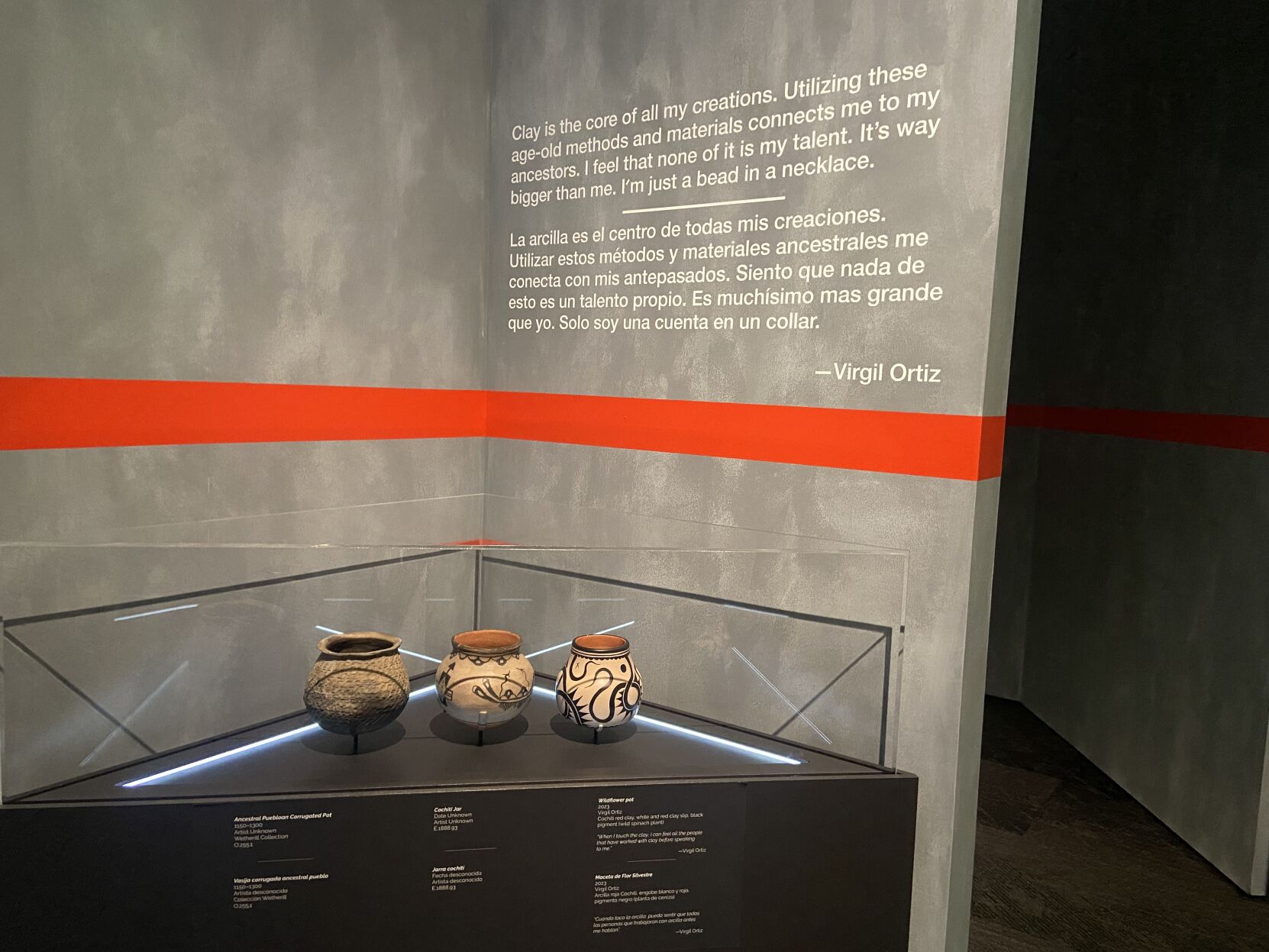
Ortiz reimagines Omtua and Catua as futuristic “gliders” – time-traveling warriors who are charged with safeguarding the past, present and future of the New Mexico Pueblos. Merging history with science fiction, the duo work to protect the clay, culture, language and traditions of the Pueblos from vanishing by traveling back in time to the 1680 Pueblo Revolt.
“They represent the original runners at 1680 – without them, we probably wouldn’t be here today,” Ortiz said.
“This is happening simultaneously in both different times. This allows me to really create characters along the way that are very futuristic. That’s what I love about storytelling, is to incorporate a sci-fi aspect.”
Historically, the pair served as runners during the 1680 rebellion, carrying coded messages via knotted deer-hides over 50 miles to a series of Pueblo villages. Soon after carrying out their mission, however, Catua and Omtua were captured and hanged.
Despite the early capture of Catua and Omtua, the Pueblos held off the Spanish for 12 years during the revolt.

“All my work, all my shows/exhibitions are all based on educating globally about the 1680 Pueblo Revolt, which most people don’t know about because it’s not taught in our schools,” Ortiz said.
The goal of the exhibition is to educate the viewer about the 1680 Pueblo Revolt from a fresh perspective, hoping to interest younger viewers as well.
“It’s like a way of survival as well, to make sure that our traditions, our language, our ceremonies, our songs, our way of life continues on,” Ortiz said.
“It’s so cool because educating is the part that was like one of my ultimate goals.”
What: “Revolt 1680/2180: Runners + Gliders” by Virgil Ortiz
When: Ongoing through May 2024
Where: History Colorado Center, 1200 Broadway, Denver
Price: Included with museum admission – $15 adults, kids free; 303-447-8679; historycolorado.org
